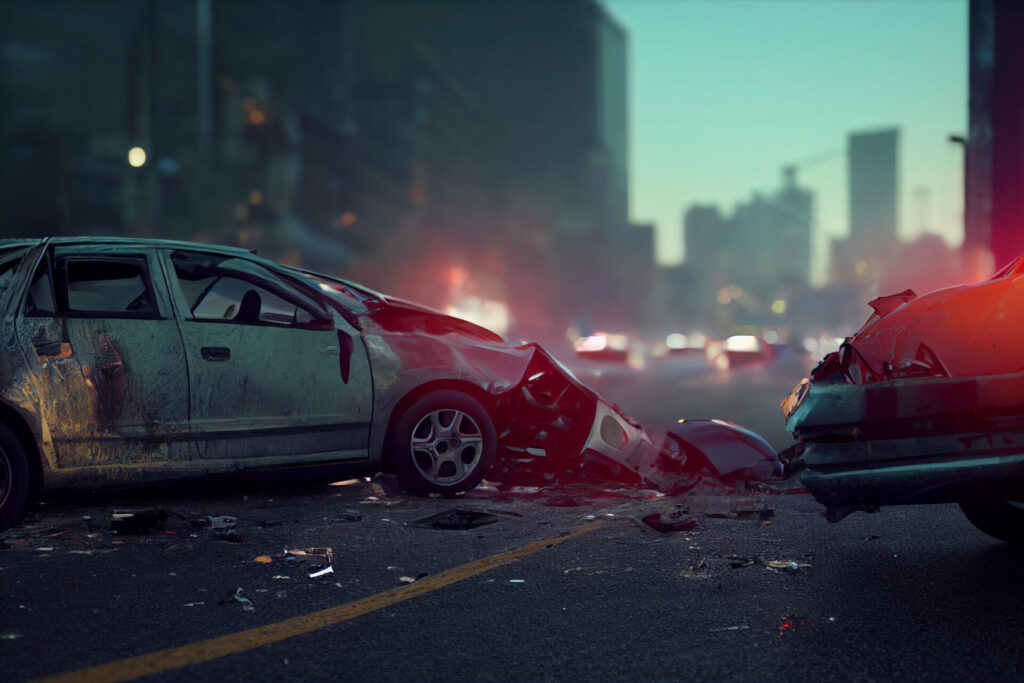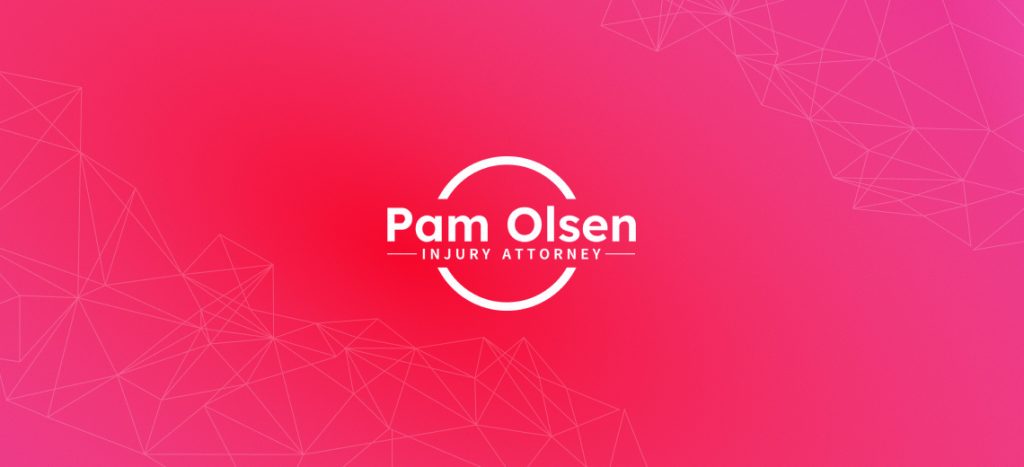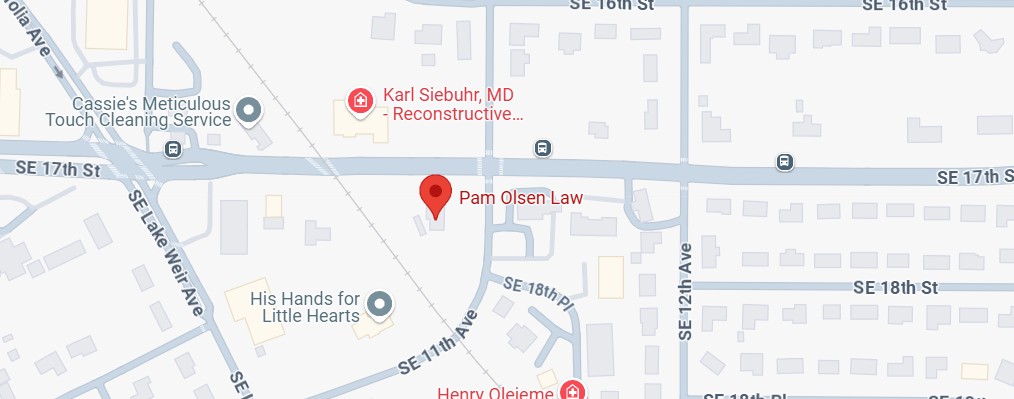Key Takeaways:
- Disproportionate Fatality Rate: Only 3% of all crashes but 30% of passenger vehicle deaths – extremely deadly relative to frequency.
- Vehicle Type Matters: SUVs, pickup trucks, and larger vehicles with higher centers of gravity are at much higher risk.
- Unique Injury Patterns: Higher ejection risk, severe head injuries, traumatic brain injuries, spinal cord injuries, and multiple fractures.
- Two Main Types
- Tripped Rollovers (76%): Vehicle hits object or encounters condition causing tip-over
- Untripped Rollovers (24%): Vehicle dynamics alone (sharp turns at high speeds)
- Speed Is Critical: Excessive speed exponentially increases rollover risk and injury severity.
- Seat Belts Are Life-Saving: Proper restraint use critical due to dramatically higher ejection risk.
- Complex Legal Cases: Multiple contributing factors make fault determination and insurance claims more complex.
- Time-Sensitive Evidence: Evidence disappears quickly – immediate action needed for accident reconstruction and vehicle inspection.
- Higher Compensation: Typically result in higher medical expenses, longer recovery, and more significant damages.
- Prevention Through Awareness: Safe driving behaviors, proper vehicle maintenance, and road condition awareness reduce risk.
If you or a loved one has been injured in a rollover accident in Ocala, you’re facing one of the most dangerous types of car crashes on Florida roads. These devastating accidents cause severe injuries like spinal cord damage, traumatic brain injuries, and multiple fractures that can leave victims with permanent disabilities and hundreds of thousands of dollars in medical bills. As an experienced injury accident lawyer in Ocala, I’ve seen how insurance companies exploit the complexity of these cases to minimize payouts – even when vehicle defects or dangerous road conditions are clearly to blame. Don’t let them take advantage of you during this difficult time
What Are Rollover Accidents and Why Are They Different?
A rollover accident occurs when a vehicle tips over onto its side or roof during a crash or loss of control. Unlike head-on collisions, rear-end crashes, or side-impact accidents where vehicles generally remain upright, rollover crashes expose occupants to significantly higher risks.
The statistics tell a sobering story. While rollover accidents represent only about 3% of all crashes, they account for approximately 30% of all passenger vehicle occupant deaths in the United States. This disproportionate fatality rate highlights just how dangerous these accidents can be.
In Ocala and Marion County specifically, we see concerning trends. With 90 fatal crashes and 99 fatalities reported in 2023, understanding the unique nature of rollover accidents becomes even more critical for our community.
How Do Rollover Accidents Differ from Other Car Crashes?
The differences between vehicle rollover accidents and other car crashes are significant and affect everything from injury severity to legal considerations:
Frequency vs. Severity
- Rollover crashes: Less common but far more deadly
- Other accidents: More frequent but typically less severe
- Key difference: The inverse relationship between frequency and fatality rates
Vehicle Types Most Affected
Rollover accidents don’t affect all vehicles equally. The vehicle’s center of gravity plays a crucial role in determining rollover risk:
High-Risk Vehicles:
- SUVs and pickup trucks
- Vans and larger vehicles
- Light trucks with higher centers of gravity
Lower-Risk Vehicles:
- Passenger cars
- Smaller vehicles with lower centers of gravity
Injury Patterns and Severity
The injuries sustained in rollover accidents differ dramatically from other car crashes:
Rollover Accident Injuries:
- Higher risk of occupant ejection
- Severe head injuries and traumatic brain injuries
- Spinal cord injuries from violent motion
- Broken bones from multiple impact points
- Internal injuries and internal bleeding
- Catastrophic injuries requiring extensive medical attention
Other Car Crash Injuries:
- More localized impact injuries
- Lower ejection risk
- Generally less severe trauma patterns
Common Causes of Rollover Crashes in Ocala
Understanding what causes rollover accidents helps explain why they’re so different from other vehicle accidents:
Vehicle Design and Center of Gravity
Taller vehicles with a higher center of gravity are more susceptible to rolling over. When lateral force is applied during a sharp turn or collision, gravity shifts can cause the vehicle to tip beyond its stability threshold.
Distracted Driving and Aggressive Driving
These dangerous behaviors often lead to overcorrection scenarios where drivers lose control, particularly in SUVs and trucks. Distracted driving can cause drivers to drift off the road, while aggressive driving increases the likelihood of high-speed maneuvers that trigger rollovers.
Road Conditions and External Factors
Several factors unique to our area contribute to rollover risk:
- Soft ground conditions that can “trip” a vehicle
- Weather conditions affecting traction
- Road defects and potholes
- Debris or stationary objects
Speed and Loss of Control
Excessive speed is a significant factor in fatal rollover crashes. High speeds make it difficult to maintain control during emergency maneuvers, and the physics of rollover accidents mean that speed exponentially increases injury severity.
Types of Rollover Accidents
There are two main types of rollover motor vehicle accidents, each with distinct characteristics:
Tripped Rollover Accidents
These occur when a vehicle hits an object or encounters a condition that causes it to tip over:
- Striking a curb or guardrail
- Hitting soft ground or a ditch
- Contact with other vehicles or objects
- Approximately 76% of rollovers are tripped
Untripped Rollover Accidents
These happen due to vehicle dynamics alone:
- Sharp turns at high speeds
- Sudden steering inputs
- Vehicle design limitations
- About 24% of rollovers are untripped
Common Injuries Sustained in Rollover Accidents
The violent nature of rollover crashes creates a unique injury profile that differs significantly from other car accidents:
Head Injuries
- Severe head injuries from multiple impacts
- Traumatic brain injuries requiring immediate medical attention
- Concussions from the chaotic motion inside the vehicle
Spinal Cord Injuries
- Neck injuries from violent jerking motions
- Back injuries from compression and twisting
- Potential paralysis from severe spinal trauma
Broken Bones and Fractures
- Multiple fractures from ejection or crushing
- Rib fractures from roof crush
- Limb fractures from violent motion
Internal Injuries
- Internal bleeding from blunt force trauma
- Organ damage from compression
- Lacerations from broken glass and metal
The Role of Seat Belts and Safety Equipment
One of the most critical differences in rollover accidents is the heightened importance of proper restraint use. Seat belt usage becomes literally life-saving in rollover scenarios because:
- Risk of ejection is dramatically higher
- Ejected occupants face almost certain severe injury or death
- Proper restraint keeps occupants in the protective vehicle shell
- Unrestrained occupants become projectiles inside the vehicle
Legal Considerations for Rollover Accidents in Ocala
When dealing with rollover accidents, several legal factors make these cases more complex than typical car crashes:
Determining Fault
Rollover accidents often involve multiple contributing factors:
- Driver behavior and decision-making
- Vehicle design and maintenance issues
- Road conditions and external factors
- Potential defects in vehicle safety systems
Insurance Company Challenges
Insurance companies often scrutinize rollover claims more intensely because:
- Higher damage amounts and medical expenses
- Complex causation questions
- Potential for multiple liable parties
- Need for accident reconstruction experts
Florida’s Pure Comparative Negligence Rule
Florida’s legal system allows for compensation even when you’re partially at fault, but the percentage of fault directly affects your financial compensation. In rollover cases, determining fault percentages can be particularly complex.
Why You Need an Experienced Car Accident Attorney
Rollover accidents present unique legal challenges that require specialized knowledge:
Evidence Preservation
- Accident reconstruction requires immediate action
- Vehicle inspection before repairs or disposal
- Gathering witness statements and expert testimony
- Preserving electronic data from vehicle systems
Medical Documentation
- Comprehensive documentation of all injuries
- Understanding long-term consequences of trauma
- Coordinating with medical experts
- Ensuring all medical bills and expenses are covered
Fighting for Maximum Compensation
An experienced car accident attorney understands that rollover accidents often result in:
- Higher medical expenses
- Longer recovery periods
- Greater lost wages
- More significant pain and suffering
- Potential for lifelong disabilities
Prevention Tips for Ocala Drivers
While we can’t control every factor that contributes to rollover accidents, there are steps you can take to reduce your risk:
Vehicle Selection and Maintenance
- Choose vehicles with good stability ratings
- Ensure proper tire pressure and tread depth
- Regular maintenance of suspension systems
- Avoid overloading vehicles
Driving Behavior
- Maintain safe speeds, especially in SUVs and trucks
- Avoid aggressive driving and sudden maneuvers
- Stay alert and avoid distracted driving
- Adjust driving for weather conditions
Road Awareness
- Be cautious of soft shoulders and road edges
- Watch for debris and road hazards
- Reduce speed in construction zones
- Maintain safe following distances
What to Do After a Rollover Accident
If you’re involved in a rollover accident in Ocala, remember these critical steps:
- Seek immediate medical attention – Even if you feel fine, the adrenaline can mask serious injuries
- Document everything – Photos, witness information, and police reports
- Contact an experienced attorney – Don’t talk to insurance companies without legal representation
- Preserve evidence – Keep all medical records and accident-related documents
- Follow medical advice – Complete all recommended treatments and therapy
The Importance of Acting Quickly
Rollover accident cases have unique time-sensitive elements:
- Evidence can disappear quickly
- Insurance companies begin investigating immediately
- Medical documentation needs to be comprehensive
- Legal deadlines apply to your case
Conclusion
Rollover accidents differ from other car crashes in almost every meaningful way – from their causes and injury patterns to their legal complexity and potential for catastrophic outcomes. If you’ve been involved in a rollover accident in Ocala, you don’t have to navigate this challenging situation alone.
The differences between rollover accidents and other vehicle accidents mean that standard approaches to car accident claims often fall short. You need a vehicle collision law firm that understands the unique challenges these cases present and has the experience to fight for your full compensation.
Remember, it’s possible to both trust your lawyer and be satisfied with the results. . We’re here for you 24 hours a day, seven days a week, ready to provide the compassionate support and fierce representation you deserve.
Don’t let the complexity of your rollover accident case overwhelm you. Contact us today for your free consultation, and let us help you understand your legal rights and options. Your recovery is our priority, and we won’t rest until you receive the justice and compensation you deserve.
FAQS
What is the most common cause of rollover accidents?
Rollover accidents happen often due to driver behavior, like speeding or sharp turns, especially in single vehicle crashes. Impaired driving, such as alcohol use, also contributes significantly. These factors lead to loss of control, causing the vehicle to roll. High speeds on highways increase the risk of these fatal accidents.
What happens during a rollover?
During a rollover, a vehicle rolls over onto its side or roof, often in single car accidents. This can cause severe physical injuries or passenger fatalities due to the violent motion. Debris or ejection from the vehicle may lead to other injuries. These crashes are among the deadliest highway vehicle fatalities.
What is the most common type of rollover?
The most common type is a single vehicle rollover, often seen in single car crashes. These occur when a vehicle flips due to sharp turns or obstacles, leading to single vehicle rollover fatalities. Such accidents are prevalent on highways and contribute significantly to fatal accidents.
What does rollover damage mean?
Rollover damage refers to the destruction caused by a vehicle rolling over in single vehicle accidents. This includes structural harm to the car, often severe in highway vehicle fatalities. It may also involve physical injuries or passenger fatalities due to the intense impact of single car accidents.
 CALL US NOW
CALL US NOW



